9 Bold Predictions on AI in Recruiting and Beyond from NVIDIA CEO Jensen Huang
Artificial intelligence is reshaping every facet of our lives, from how we work to how economies evolve. When it comes to understanding the future trajectory of AI, few voices carry as much weight as NVIDIA’s CEO Jensen Huang. With NVIDIA’s AI chips powering the backbone of this revolution, Huang’s insights offer a unique window into the long-term impacts of AI, including its profound influence on recruiting, labor markets, and the global tech ecosystem.
In this article, we dive deep into nine transformative predictions from Jensen Huang, exploring how AI in recruiting and other industries will create new wealth, redefine skills, and drive a seismic shift in computing infrastructure. Huang’s vision moves beyond the immediate policy debates to reveal a tectonic shift that promises to reinvent the very fabric of technology and work.
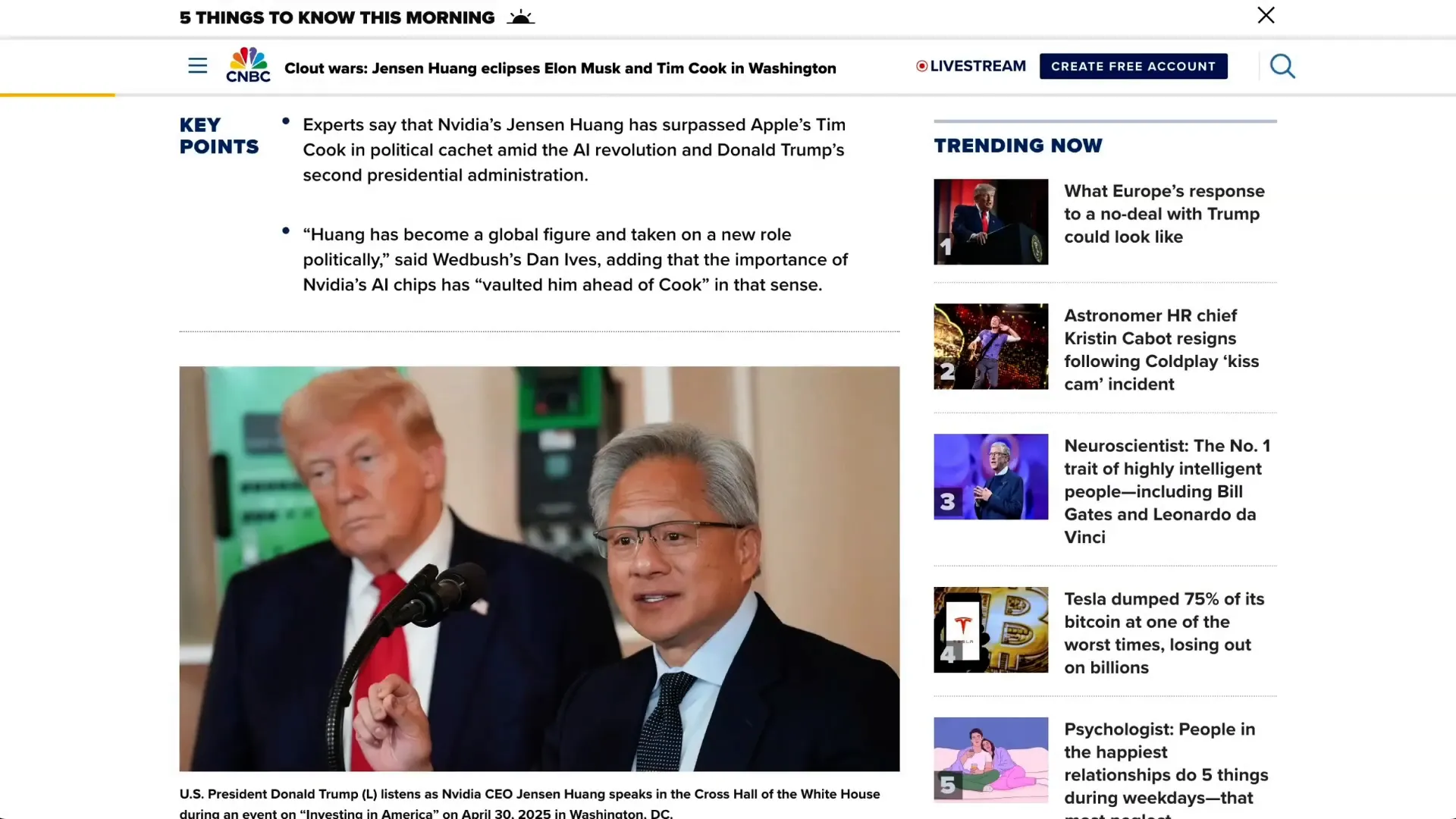
1. AI in Recruiting Will Create More Millionaires in Five Years Than the Internet Did in Twenty
One of Jensen Huang’s most striking predictions is that AI will catalyze an unprecedented wave of wealth creation. Specifically, he foresees AI generating more millionaires in just five years than the internet managed in two decades. This explosive growth is closely tied to the value of intellectual property and talent in AI.
Huang highlights the recent high-profile hiring spree by Mark Zuckerberg, where enormous contracts are being offered primarily at the AI model research layer rather than hardware. This reflects a recognition that top AI talent essentially carries invaluable intellectual property within their minds. Huang remarked, “I’ve created more billionaires on my management team than any CEO in the world,” reassuring that elite talent at his level is thriving amid this AI boom.
What this means for recruiting is profound: AI is not just a technology but a catalyst for wealth and opportunity, with recruiting elite AI talent becoming a critical strategic priority for companies aiming to lead in the AI race.
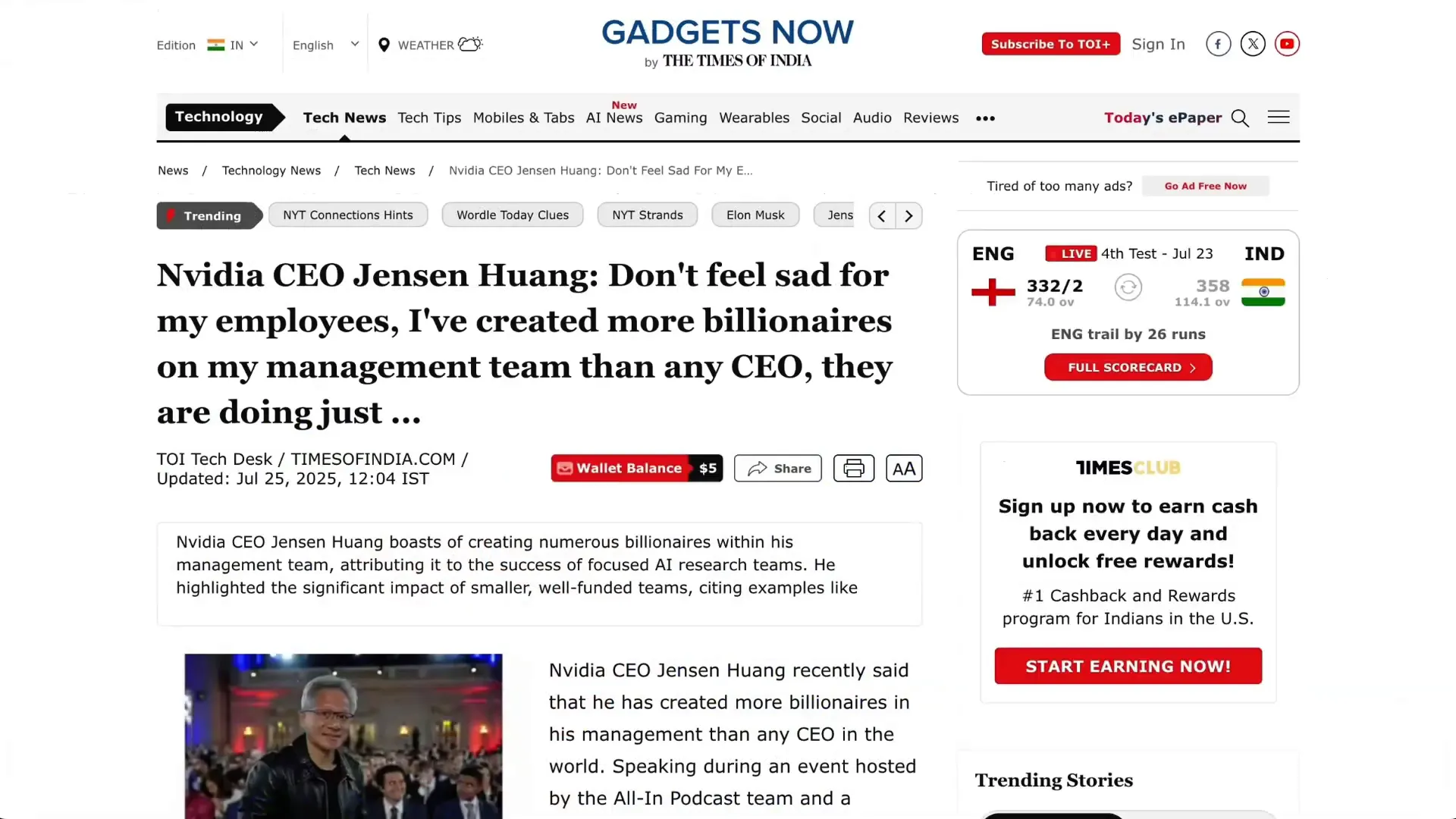
2. Elite Human Labor Will Be Valued Like Premium Capital Goods
Building on the theme of wealth creation, Huang predicts a paradigm shift in how we value elite human labor. He envisions a future where a small group of highly skilled AI researchers are regarded as premium capital assets, akin to the most valuable machinery or technology.
Huang explains that roughly 150 AI researchers, given adequate funding and resources, can create an AI startup with impact comparable to OpenAI. He points to companies like DeepSeek and Moonshot, each staffed by about 150 people, as examples of this lean but extraordinarily valuable workforce. This insight reframes how companies approach recruiting—elite AI researchers are not just employees but strategic assets whose value justifies multi-billion-dollar investments.
In the context of AI in recruiting, this means organizations will increasingly compete aggressively to attract and retain a tiny, elite cadre of researchers who can drive innovation and product breakthroughs.
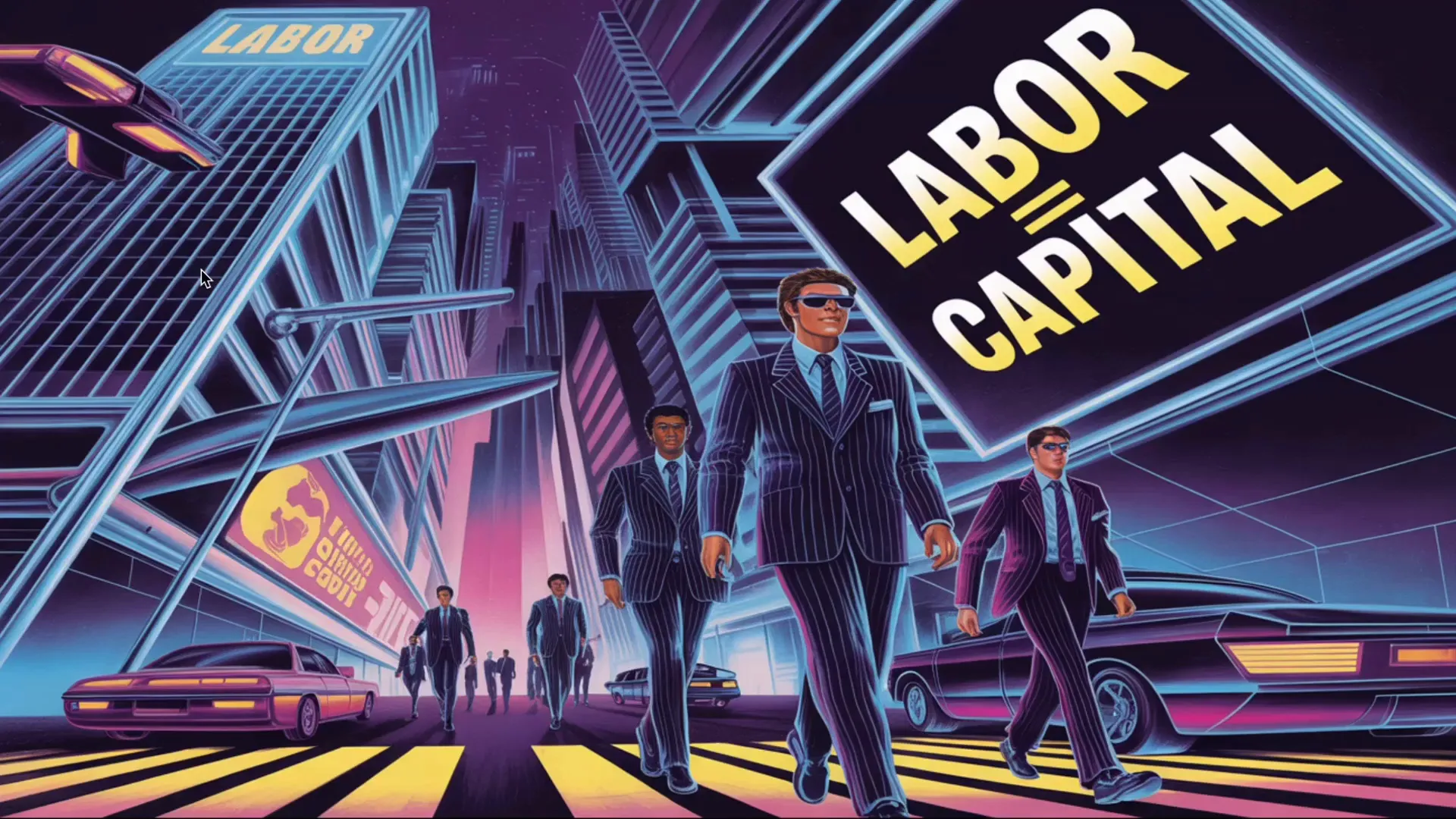
3. The Bigger Concern Is Creating Jobs Fast Enough, Not Job Disruption
Contrary to the common narrative of AI as a job killer, Huang’s perspective is refreshingly optimistic. He is less worried about AI displacing jobs and more focused on the challenge of creating new jobs quickly enough to match the surge in AI-driven opportunities.
At NVIDIA, 100% of employees use AI tools, and the company is busier than ever—there have been no layoffs, and they struggle to keep up with the possibilities AI opens up. Huang’s approach exemplifies “opportunity AI,” where AI amplifies human creativity and productivity rather than merely increasing efficiency.
For recruiters, this signals a shift toward identifying roles that complement AI capabilities, fostering a workforce that collaborates with AI agents to tackle increasingly complex tasks. The future of recruiting is not about replacement but augmentation and expansion of human potential.
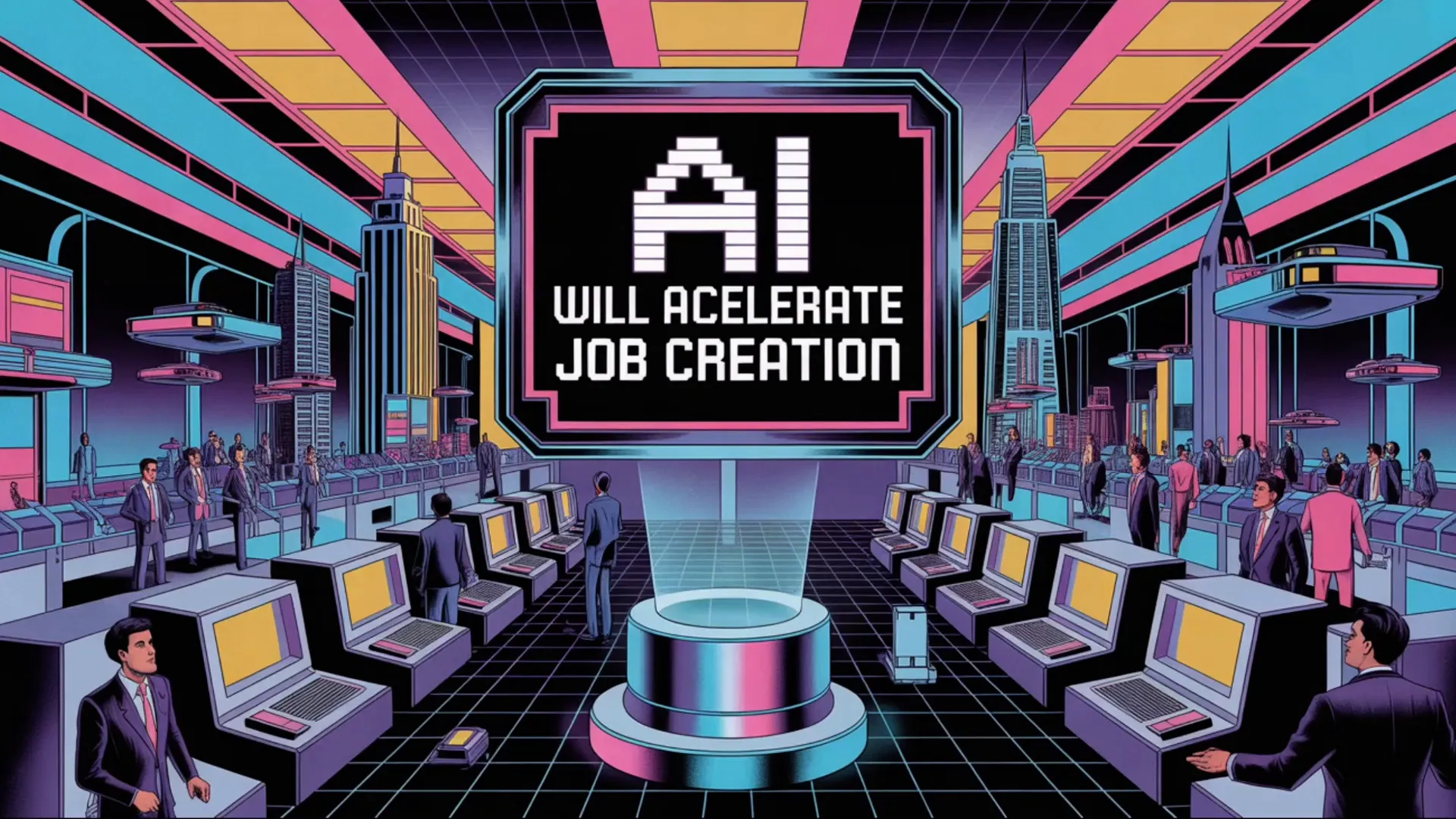
4. AI as the Greatest Technology Equalizer: Everyone’s a Programmer Now
One of Huang’s most fascinating insights is AI’s potential to democratize skills, especially programming. He calls AI “the greatest technology equalizer of all time,” akin to how the internet leveled the playing field geographically.
In the past, programming required mastery of languages like C, C++, or Python. Now, Huang explains, even if you don’t know how to code, you can simply ask an AI, “How do I program an AI?” and get guidance. This drastically lowers the barriers to entry and expands the pool of people who can contribute to software development.
A compelling example Huang cites is the Norway Sovereign Wealth Fund, where AI tools have enabled half of their team to engage in coding tasks—something that would have been unthinkable without AI assistance. For recruiting, this means a broader talent pool and a new emphasis on AI fluency as a core skill.
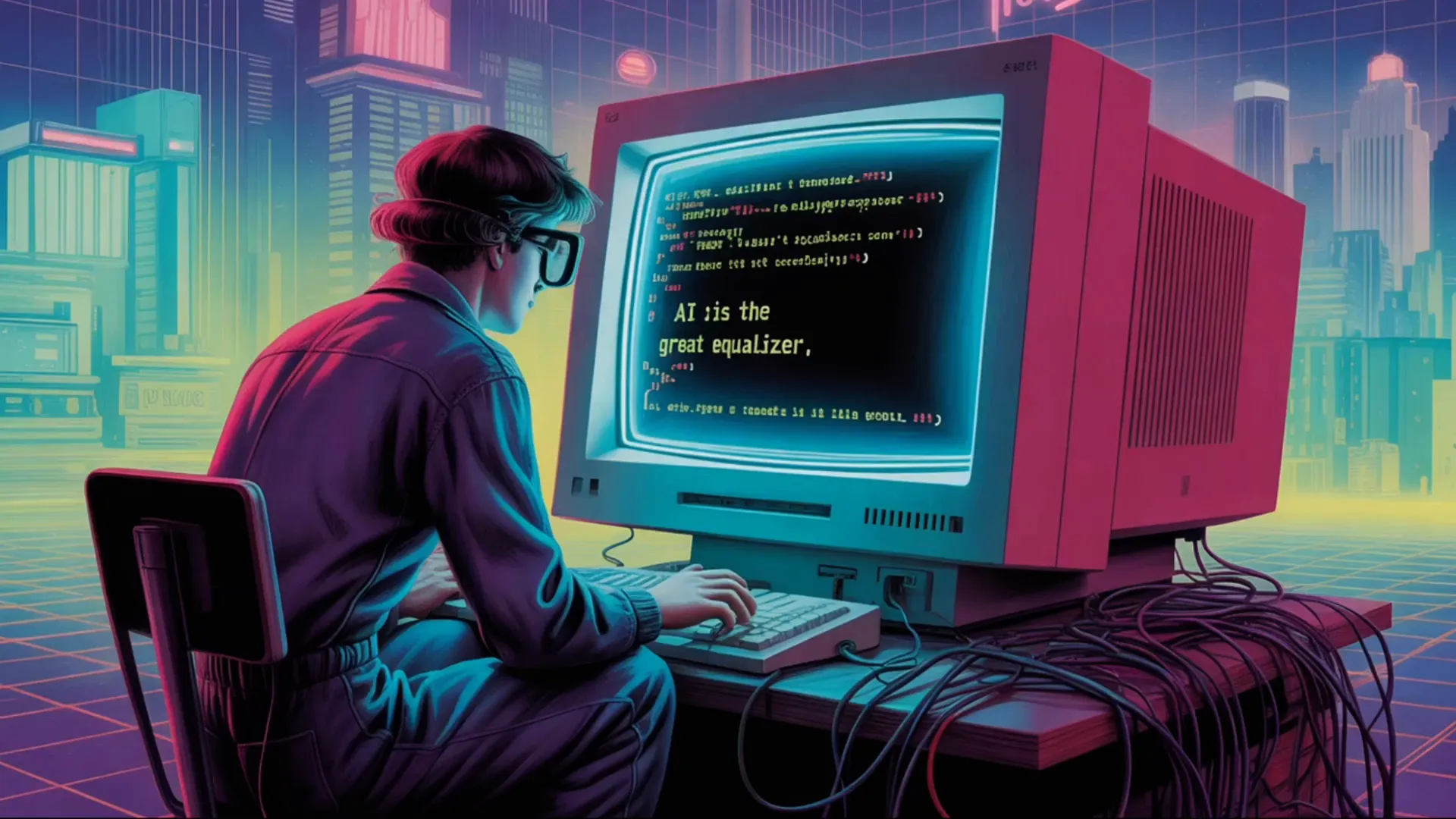
5. Beyond Programming: Everyone’s an Artist and Author Now
Taking the equalization effect further, Huang predicts that AI will transform creative work as well. “Everybody’s an artist now. Everybody’s an author now,” he says, emphasizing how AI expands individual productive capacity across diverse domains.
This doesn’t mean all creative work becomes homogeneous or trivial. Rather, AI resets the benchmarks for high skill by integrating how adeptly one uses AI tools. As a result, individual productivity skyrockets, enabling people to produce far more than ever before.
Recruiters should anticipate a workforce where creativity and AI literacy go hand in hand, leading to new kinds of jobs and collaborations that blend human imagination with AI’s generative power.
AI Agents For Recruiters, By Recruiters |
|
Supercharge Your Business |
| Learn More |
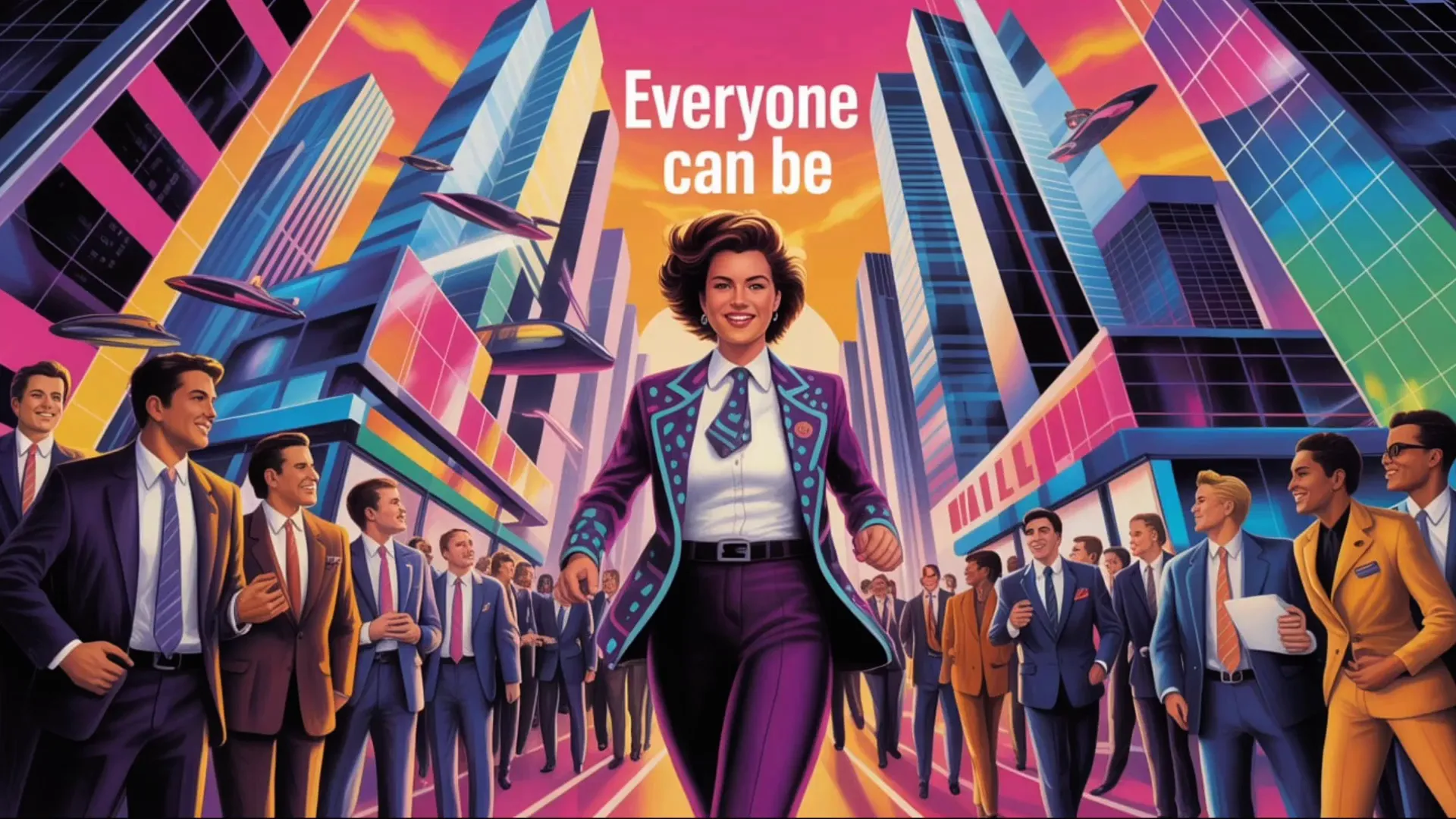
6. Twin Factories: The Future of Industry Is Physical and Digital
Huang introduces the compelling concept of “twin factories,” which he first unveiled earlier this year. The idea is that every manufacturing company will operate two interconnected factories:
- A physical factory that produces tangible products.
- A digital twin factory that uses AI simulation for prototyping, robotic training, and troubleshooting.
By simulating production processes digitally, companies can avoid costly shutdowns and streamline operations. Huang expands this concept to all industries, predicting that “everything that moves will be autonomous” and that every industrial company will essentially become an AI company.
For recruiting, this means a growing demand for professionals skilled in AI simulation, robotics, and systems integration, as well as traditional roles evolving to collaborate with AI-driven processes.
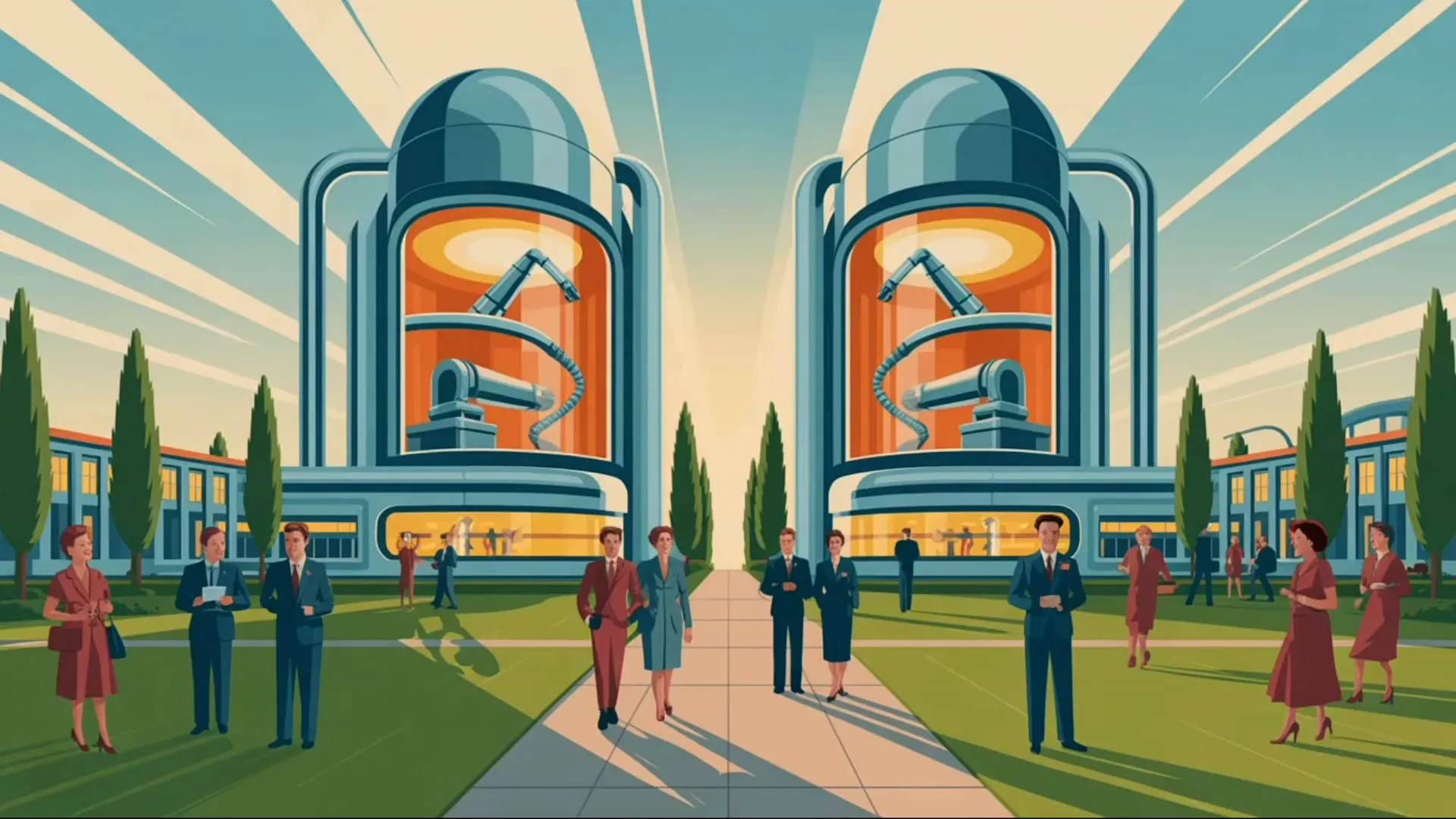
7. AI Infrastructure Buildout Is Just Getting Started
Despite the enormous investments already made, Huang warns that the AI infrastructure buildout is only in its infancy. He estimates that we have spent just a few hundred billion dollars so far, with a multitrillion-dollar expansion on the horizon.
This massive buildout includes supercomputers, data centers, and chip manufacturing, especially in regions like Arizona and Texas, which are poised to produce roughly half a trillion dollars worth of AI supercomputers. Huang predicts this infrastructure will catalyze a few trillion dollars of AI-driven industry growth over the next several years.
Recruiters should be aware that this infrastructure boom will generate demand for a wide range of roles—from hardware engineers to AI specialists—making AI in recruiting an increasingly critical strategic focus.
8. The Economic Strategy: Outcompete, Don’t Isolate
In the face of rising economic nationalism and protectionism, Huang advocates for a strategy of outcompeting rather than building walls. He points out that manufacturing chips and supercomputers is a high-value economic activity that the US can lead globally, avoiding the pitfalls of commoditization often associated with products like tennis shoes.
This approach underscores the need for open competition and innovation-driven growth, which has direct implications for recruiting strategies. Companies and nations that invest in talent and technology ecosystems will be the winners in the AI era.
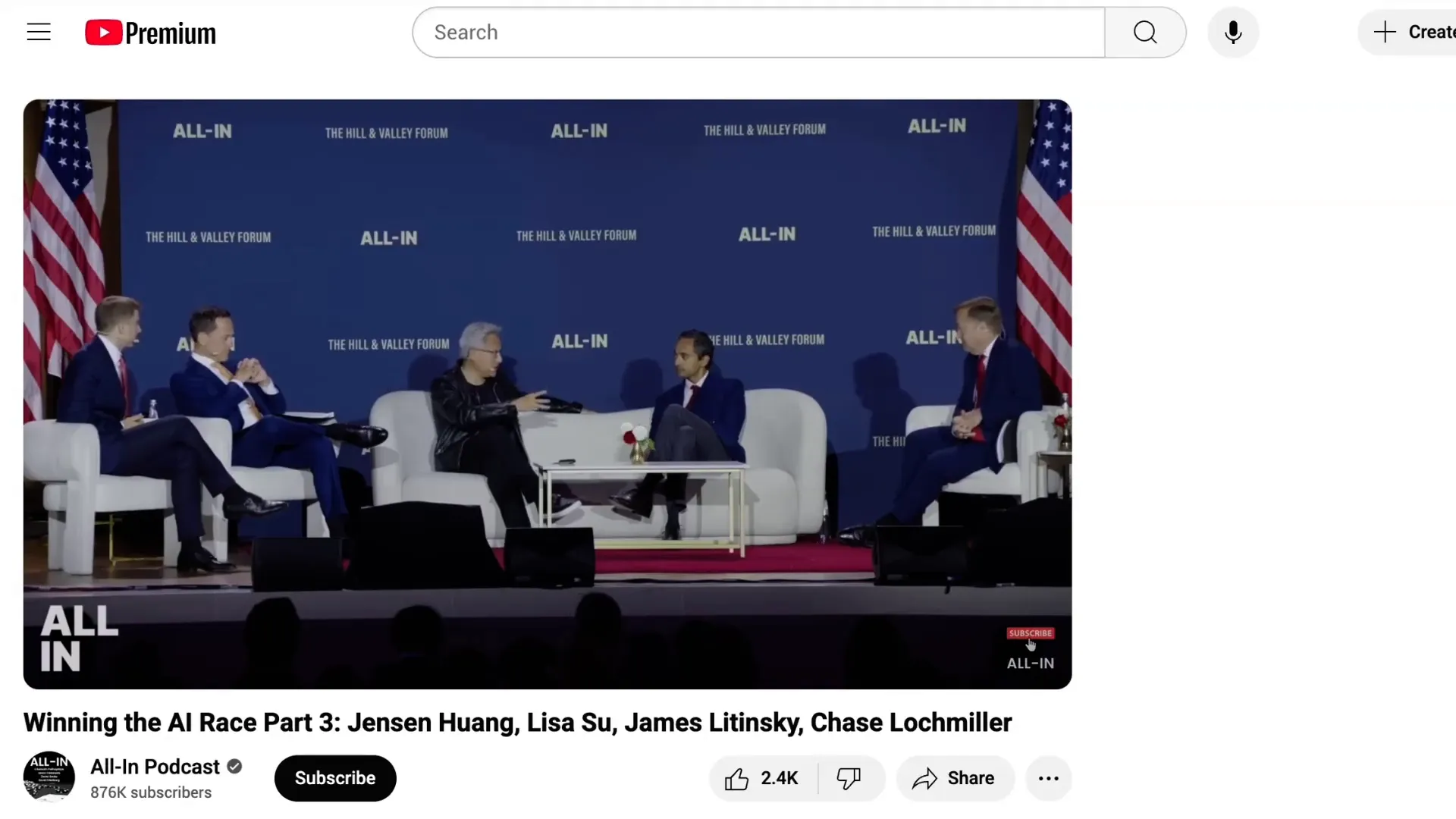
9. The American Tech Stack Must Remain the Global Standard
Finally, Huang stresses the critical importance of the American tech stack as the foundation for winning the AI race. He challenges us to imagine if leading AI models like DeepSeek, Kwen, or Kimmy only worked on non-American technology platforms. Such a scenario would jeopardize US leadership in AI innovation.
Half of the world’s AI developers reside in China, which highlights the fierce competition for developer ecosystems. Huang explains that NVIDIA’s edge comes not just from early hardware innovation but from the CUDA programming platform, which creates a strong moat by ensuring AI models developed for NVIDIA run seamlessly on its systems.
For recruiting, this means that securing developer loyalty and ecosystem dominance is as vital as building the best hardware or AI models. The future of AI in recruiting will hinge on attracting developers who build on these platforms and fostering innovation within these ecosystems.
Conclusion: Embracing the Future of AI in Recruiting and Beyond
Jensen Huang’s nine predictions paint a sweeping and optimistic vision for AI’s future, extending far beyond incremental improvements to a total reinvention of computing, labor, and industry. From creating millionaires at an unprecedented pace to redefining elite labor and democratizing programming and creativity, AI is poised to transform how we recruit, work, and innovate.
For recruiters, understanding these trends is crucial. The demand for elite AI talent will soar, while the skill sets valued in the workforce will evolve dramatically, blending human creativity with AI augmentation. The rise of twin factories and the infrastructure gold rush will open new frontiers for hiring, requiring a fresh approach to talent acquisition that embraces AI fluency and ecosystem development.
Most importantly, Huang’s emphasis on competition over isolation and the centrality of the American tech stack offers a strategic roadmap for businesses and nations aiming to lead the AI revolution. In this rapidly evolving landscape, those who master AI in recruiting and build developer ecosystems will be best positioned to thrive.
As AI continues to reshape the world, the insights of leaders like Jensen Huang offer invaluable guidance on navigating the opportunities and challenges ahead.